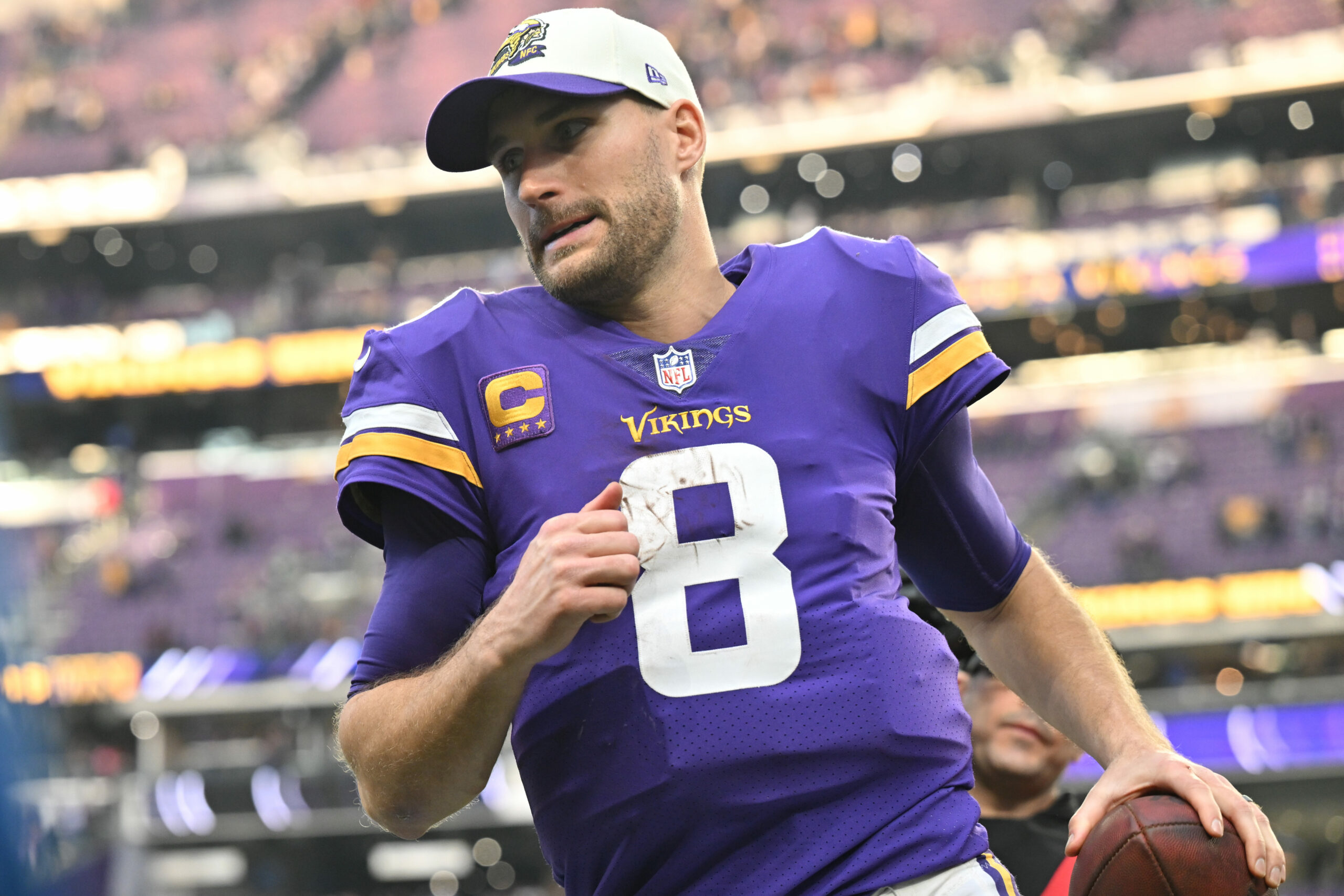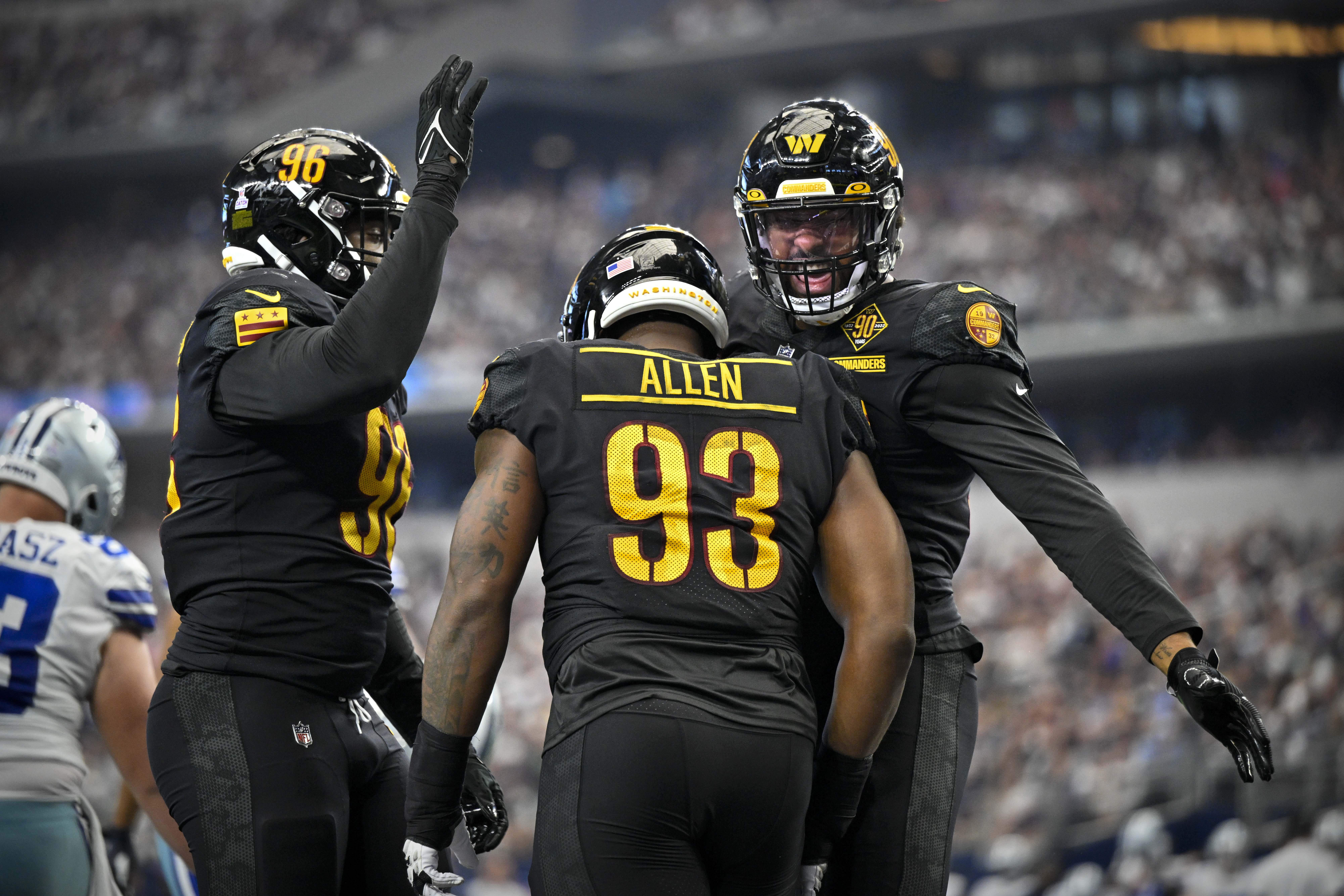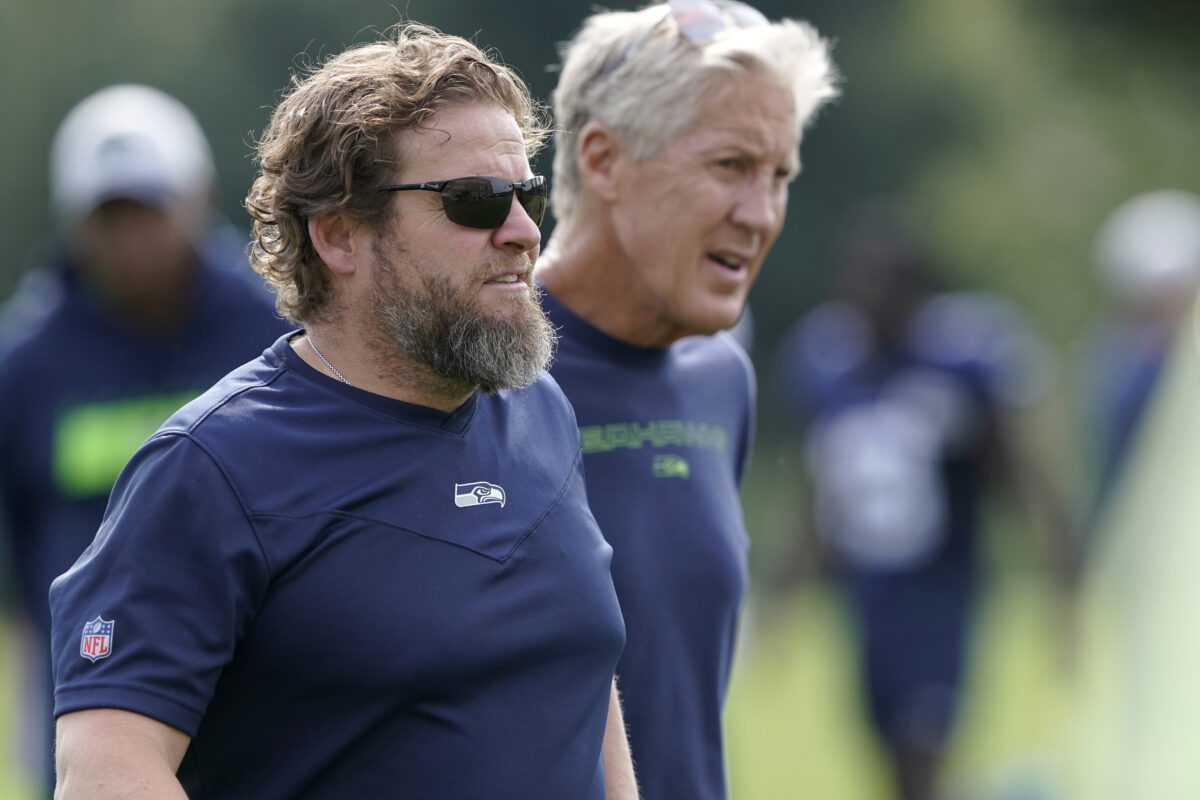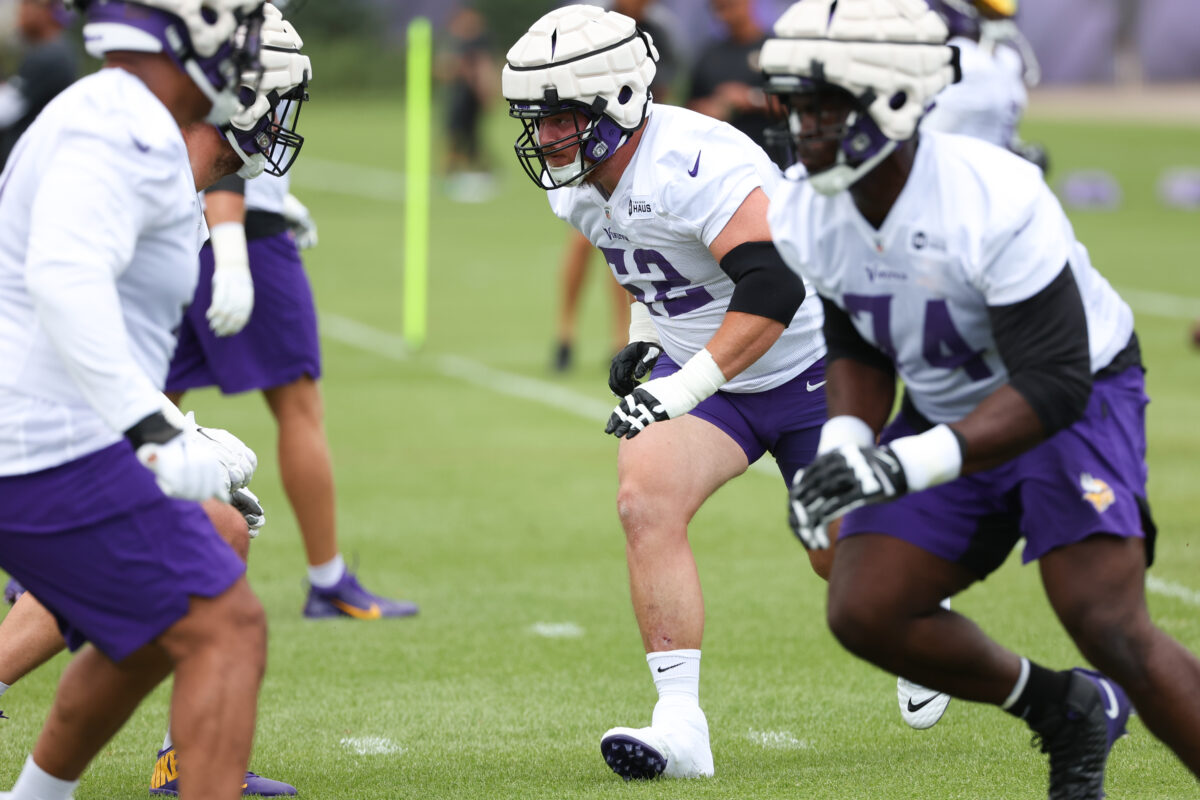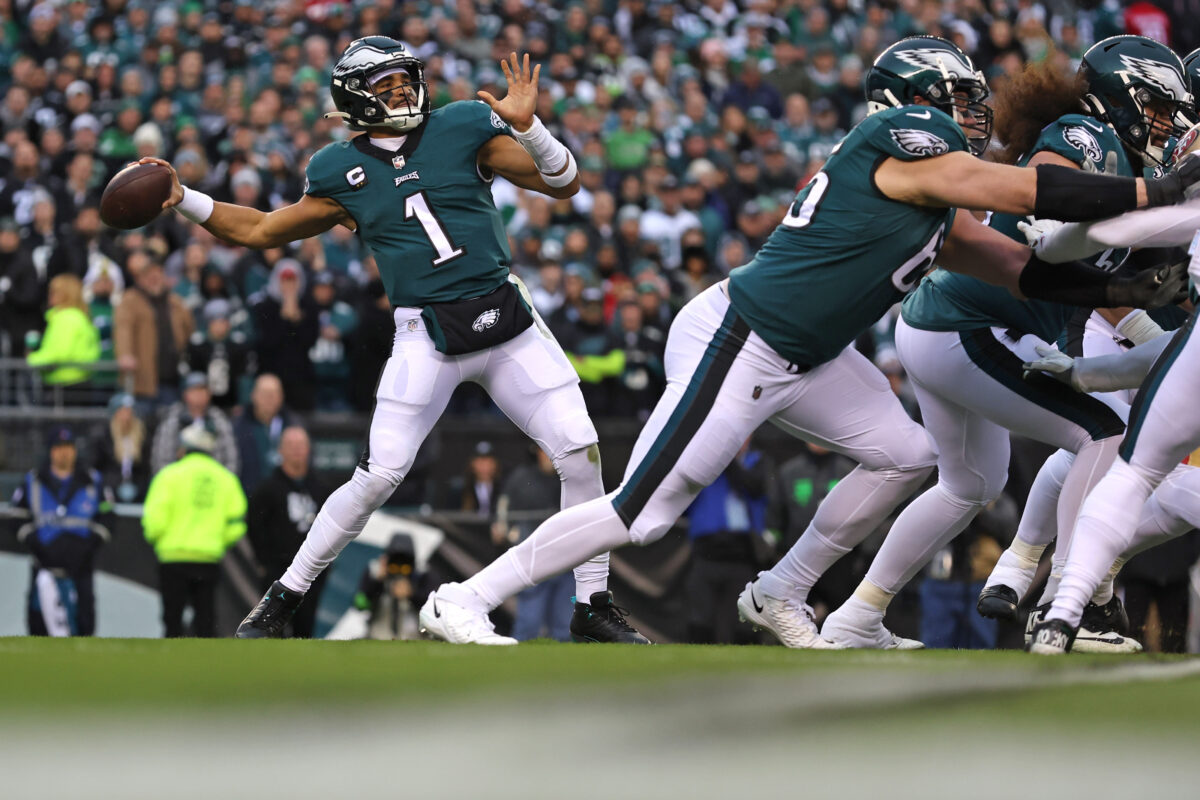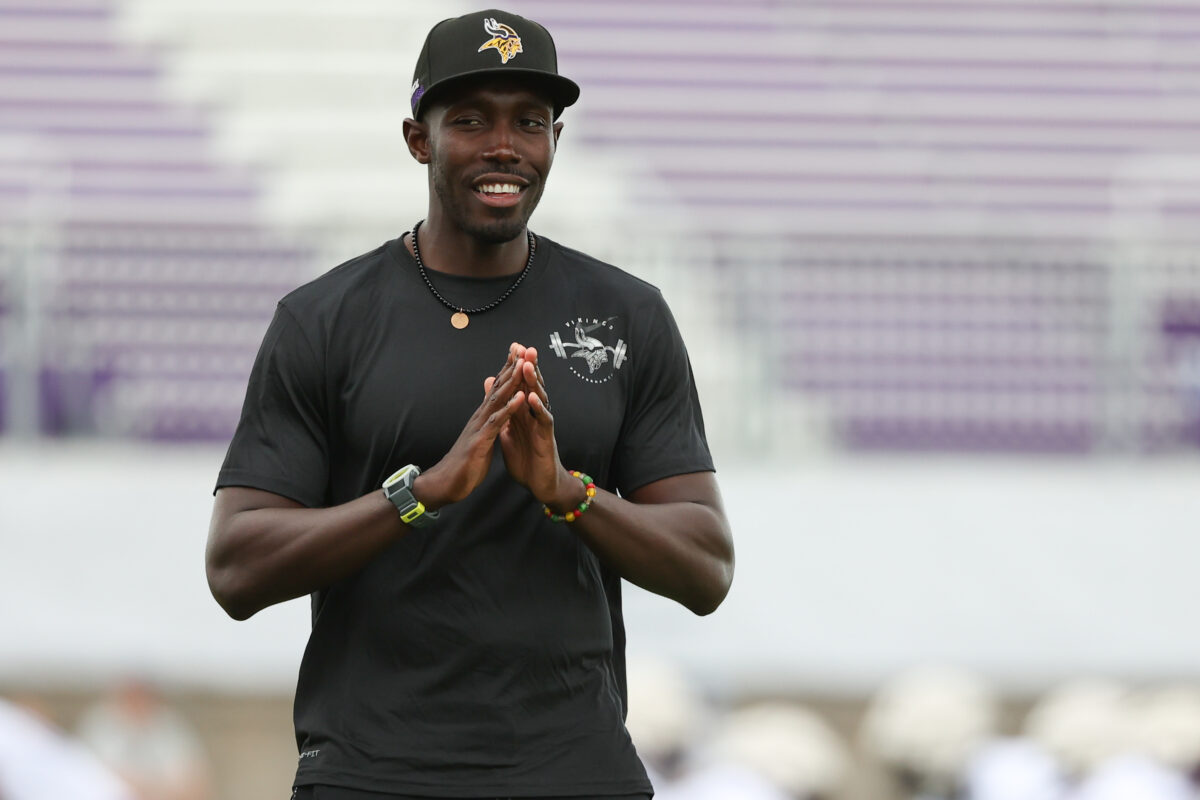On Friday evening, the Minnesota Vikings traded outside linebacker Za’Darius Smith to the Cleveland Browns in a pick swap. The Vikings sent 2025 sixth and seventh-round picks to the Browns in exchange for fifth-round picks in 2024 and 2025.
Mere hours later, Cleveland.com’s Mary Kay Cabot reported that the Vikings retained some of Smith’s salary. This was something I alluded to in an earlier piece when the trade was announced, as the tweet from NFL Network’s Ian Rapoport alluded to a reworked contract to make the move happen.
The #Vikings are trading three-time Pro Bowl pass rusher Za’Darius Smith to the #Browns, sources tell me and @TomPelissero.
His reworked deal guarantees him $11.75 million in 2023 and he’ll be a FA next March. Deal negotiated by his new agent @ErikBurkhardt of @RocNationSports. pic.twitter.com/dBld2TfSzp
— Ian Rapoport (@RapSheet) May 12, 2023
The wording signaled that the Vikings retained some of Smith’s salary, as it was just vague enough to allude to something of the sort.
How much did the Vikings end up taking on? That remains to be seen, but it’s likely substantial. The Browns entered the day with only $7.1 million in cap space per Over The Cap and the Vikings were set to pay Smith $5 million guaranteed after that amount vested five days into the new league year.
Overall, it’s a disappointment that the Vikings absorbed any salary considering the rather poor return they got back from the Browns. Although, upgrading sixth and seventh-round picks is still better than nothing at all.

